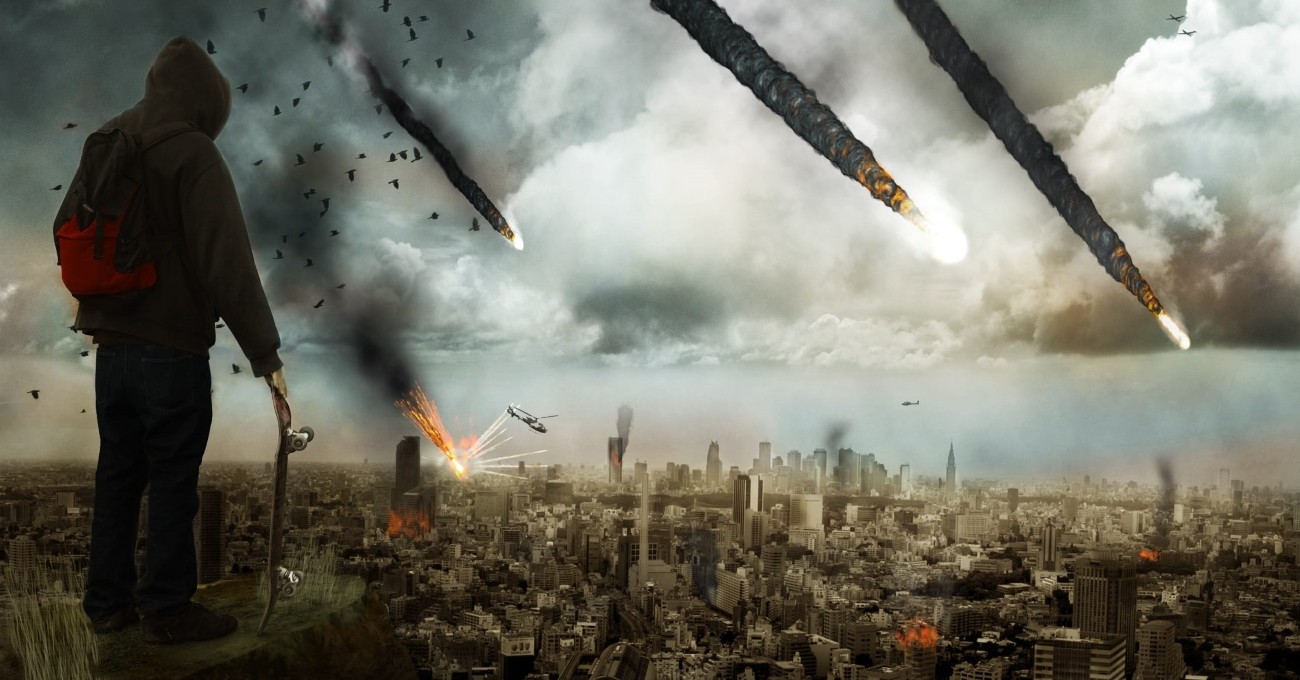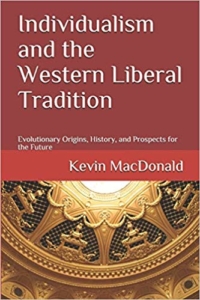Premature Birth and Genius
Sent Before Their Time: Genius, Charisma, and Being Born Prematurely
Edward Dutton
Australia: Manticore Press, 2022
328 pages, $24.95 softbound
Ed Dutton’s latest book marks a return to the theme of genius, which he previously explored in The Genius Famine (with Bruce Charleton, 2016) and At Our Wit’s End (with Michael Woodley of Menie, 2018). There is no universally recognized definition of genius. The word always implies high intelligence, and may imply nothing more, as when a certain IQ score—there is no agreement exactly which—is said to constitute “genius level.” But Dutton is interested in men who have “made a disproportionately large impact on human history,” often through revolutionary contributions to the disciplines in which they work: Newton, Mozart, Michelangelo, Archimedes, Darwin, and so forth. Others have been great statesmen or religious leaders. All have been extremely intelligent, but intelligence by itself is insufficient for genius-level accomplishment: many who possess the necessary brain power never use it to achieve great things.
Intelligence is a highly polygenetic trait, so outlier high IQ requires the inheritance of an improbable number of alleles all pulling in the same beneficial direction. But the case is otherwise with some of the other traits associated with outstanding achievement. Geniuses, as Dutton explains, are marked by a certain personality profile.
They are low in ‘rule-following,’ permitting them to ‘think outside the box’ and so to generate original ideas, and they are low in altruism and empathy, meaning that they don’t care about the probability that their ideas will offend vested interests. They are obsessed with truth, and they wouldn’t anticipate that their ideas would offend even if they did care. In many cases, they are also high in anxiety, meaning that they are constantly thinking and have a desperate desire to make sense of their world.
Low empathy and high anxiety are not, prima facie, especially desirable traits, so as prerequisites for genius, they may appear counter-intuitive.
An analogy may be helpful. A person ignorant of viticulture would probably assume that the best wine would be produced by the best soils. In fact, when vines are planted in especially rich soil, the result is an enormous profusion of leaves and very few grapes. High-quality wine grapes are grown in relatively weak—but not too weak—soil: it is precisely the vine’s struggle against a suboptimal environment which brings out the best in grapes. Genius seems to involve a similar dynamic. (This, incidentally, is what makes eugenic intervention such a delicate matter: nature may be acting more wisely than any possible human agent by allowing certain normally sub-optimal traits to survive within a population.)
Few things would appear more sub-optimal for human flourishing than premature birth. Humans have evolved to spend nine months in the womb, and being born significantly (= more than three weeks) earlier is traumatic and stressful. Dutton’s list of risks associated with prematurity is sobering: “blindness, vision problems, underdeveloped lungs resulting in frequent infection, deafness, poor muscle tone, mobility problems, difficulties with fine motor skills, developmental delay, heart problems, high blood pressure, infertility, birth defects, depression, ADHD, autism, psychopathic personality, low self-esteem, never having a relationship nor having children, low IQ (especially low spatial and Mathematical IQ),” and much more besides. The more premature the birth, the greater the odds of problems developing.
And yet children born prematurely, or with exceptionally low birth weight, are statistically overrepresented among outstanding high-achievers. Dutton’s examples include “Isaac Newton, Johannes Kepler, Thomas Hobbes, Jean-Jacques Rousseau, Goethe, Voltaire, Victor Hugo, [and] John Keats.”
This is certainly not because preterm birth contributes to high intelligence; as mentioned above, the two correlate negatively. “If you are born prematurely or small,” Dutton explains, “the brain is unlikely to develop properly. . . . [I]t leads to a form of mild mental handicap.” Yet when such a handicap happens to combine with exceptionally high genetic intelligence, a kind of synergy comes into play that makes for outstanding achievement. This is because, as Dutton explains, the brain has an extraordinary ability to rewire itself: “if it loses an area, it can be expected to strengthen the other areas.” This leads the prematurely born (colloquially known as “preemies”) to think in unusual ways, meaning that they are prone to look for solutions where others might not. As Dutton puts it, geniuses “are almost childlike in the degree to which they are imaginative, meaning they ask questions few others would ask and make connections that few others would make.”
A recent neuro-imaging study offers some clues to how this works:
A subject had to press a button as quickly as they could each time a new letter came onto a screen, unless it was the letter ‘x.’ Controls used ‘proactive’ brain activation, meaning you are working on a task and you are mentally prepared for new, unexpected, things to happen. Preemies used ‘reactive’ brain activation (Olsen et al., 2018). According to Norwegian neuroscientist Alexander Olsen, they were unprepared for change and ‘their brains reacted as if they were encountering something new each time. … It suggests their brains are hyper-vigilant due to the suboptimal organization of the central nervous system.’
Geniuses often have extremely narrow intelligence: while they achieve outstanding things in specialized fields, they may also be highly impractical, failing at tasks that do not require exceptional intelligence and that ordinary people master easily. A famous example is that Albert Einstein never learned to drive a car.
Extreme examples of this sort of lopsided intellectual development are found in “idiot savants”—now more politely and properly known as “autistic savants.” Such persons may be unable to tie their own shoelaces, and yet play the piano masterfully or display outstanding mathematical ability. Autistic savants are overwhelmingly extreme pre-termers. So it should not be surprising that genius, which represents a milder form of the same phenomenon, is often associated with preterm birth.
Geniuses are also often erratic in their ability to pay attention. Despite their intelligence, most do not do that well in school because they easily become bored. Sir Isaac Newton, e.g., was never a good student and nearly failed his degree at Cambridge. Young geniuses tend to be the sort of boys who today get diagnosed with ADHD—which, interestingly, is also statistically associated with preterm birth. And yet this comes not of any intrinsic inability to concentrate, but of a disinclination to concentrate on anything they find less than fascinating. When they do come across such a thing, typically involving some unsolved problem, they are capable of working on it compulsively to the exclusion of all else.
Asked the secret of his discoveries, Newton said: “I keep the subject constantly before me and wait till the first dawnings open slowly, by little and little, into a full and clear light.” In other words, he had an ability to focus on a problem obsessively, not letting up until he had fully solved it. There are anecdotes concerning him getting distracted by a problem while walking up or down a staircase and remaining standing there for hours on end. Oblivious to all around him, he sometimes even forgot to eat while in such a state.
But it may take a long time for a genius to find his true calling. Many have been late-bloomers, or made their discoveries in a field other than that in which they were formally trained. In contemporary parlance, they might be said to have difficulty “finding themselves”—though of course it is not really “themselves” they are looking for, but a suitable problem to which they can devote their utmost efforts.
New ideas always offend vested interests, so they are more likely to be formulated and spread by persons with autism spectrum disorders, which make it difficult for them to empathize with others. They may fail to anticipate the offence their ideas will cause or, if they do anticipate it, not care about this. As an example of the first tendency, Dutton cites the English philosopher Thomas Hobbes. His view of society as based on human contract without reference to the divine will ran counter to the Christian thinking of the seventeenth century. Yet when the English parliament denounced his Leviathan as a book “tend[ing] to atheism, blasphemy and profaneness,” Hobbes himself was apparently among the few taken by surprise. He hastily destroyed many of his own unpublished manuscripts for fear they might be compromising. Other original thinkers, such as the late J. Philippe Rushton (on whom Dutton has written a monograph), may know full well that their ideas will cause offense, but actually derive enjoyment from the discomfiture of more timid and less original colleagues.
Finally, genius is associated with anxiety, in particular a desperate desire to make sense of the world in which they live. This may go directly back to the experience of the fetus finding itself in an unaccustomed environment for which it is unprepared. It is certainly not due to high intelligence, which—as I was somewhat disappointed to learn—actually correlates with intellectual conformity. As Dutton explains:
People who are more intelligent are better at noticing what the dominant worldview is, better at realizing the social benefits of conforming to that dominant world view, and better at forcing themselves to believe it and coming up with superficially convincing arguments for so-doing. This, of course, better permits them to attain social status.
An obsessive devotion to truth above all else is thus no consequence of mere intelligence, but it does appear characteristic of the high-anxiety genius personality profile.
Psychologists have not reached agreement on the precise number and character of factors which make up human personality, but a five-factor model is currently popular. J. Philippe Rushton pointed out, however, that all five factors on which this model is based correlate positively to some degree. This led him to speak of a General Factor of Personality (GFP) analogous to ‘g,’ the general factor of intelligence. The GFP amounts to a measure of how pro-social a person is. Those high in GFP, writes Dutton, have
the kind of personality type and behaviors that underpin many socially desirable traits, the degree to which someone approximates to the type of person that makes for friendliness, helpfulness, being a ‘good neighbor;’ for peaceful, orderly, cooperative, hard-working, placid citizens. A person who is high in GFP is the kind of person who ‘gets on in life.’ [Such traits] evolved as an adaptation to complex and stable societies so that people would ‘get along together.’ So a person with high GFP would be sociably extroverted, be empathetic and be concerned with the feelings of others, conscientious and self-disciplined in pursuit of socially-approved goals.
It should be clear by now that the genius is unlikely to have a personality of this sort, desirable as it may be in other respects. Instead, the genius is
self-sufficient and indifferent to the opinions of others or to normal social aims. Such a person is wrapped up in his own personal goals and making judgments using his own internal, subjective evaluation systems. He will work very hard and for long periods on his own projects but will not willingly go along with other people’s plans and schemes.
In part, such qualities represent survivals from a fast-life strategy better adapted to unpredictable environments.
There are many specialized forms of activity in which one may accomplish at genius level, and some involve variations on the basic genius profile we have just outlined. An artistic genius is more likely to score high on the ‘divergent thought’ aspect of Openness-Intellect, one dimension of the five-factor personality model, and are also higher in Neuroticism, than scientific or philosophical geniuses. As Dutton writes, “the Neurotic is constantly thinking about aspects of life, meaning that they are continually generating thoughts, making them creative as an indirect consequence of their anxiety.” Depression is also associated with artistic genius. While about 20% of people in Western countries experience depression at some point in their lives, one study of high accomplishment found figures of 41% for eminent artists and 72% for eminent writers. In what may seem a paradox, depression can even contribute to the ability of certain extraordinary men whom Dutton calls political and religious geniuses to influence others:
Depression is associated with profound religious experiences, which are adaptive because they force the person out of their depression and provide them with a sense of deep existential meaning (Newberg et al., 2002). With this certainty and positivity, they can then inspire others, as do charismatic figures. It has also been found that charismatic leaders tend to be high in psychopathic traits (Post, 1994) includ[ing] superficial charm, grandiosity (and thus confidence), and the ability to manipulate others. It is traits such as these that are the essence of ‘charisma’ (Sargent, 1957).]
An example of a religious genius is Charles Wesley, founder of Methodism. Dutton’s account is worth quoting at length:
It is 1726, in a room at Christ Church College, Oxford. It is evening, just after college dinner. A small group of students are singing, but this is no ordinary hymn practice. Their eyes are closed. They seem to be in a trance, with looks of intense peace on their faces. They live according to what they call ‘the Method.’ They meet after dinner every day to discuss how they have used that day to witness for Christ, to read the Bible together, and to pray. Some people call them Methodists. They call themselves ‘the Holy Club’ (Pearson, 2011, p.193).
The Holy Club was recently founded by the rather charismatic student who seems to be leading the singing, Charles Wesley (1707–1788), the son of a Lincolnshire vicar. Wesley would go on to lead one of the largest religious revivals in the history of English Christianity: Methodism. He also wrote thousands of hymns, articulating and inspiring the religious sentiments of Englishmen who remained in the Church of England and did not join his breakaway movement. In inspiring people to be more religious, Wesley inspired them to follow the dictates of traditional religiousness: go forth and multiply, cooperate with your neighbor, make sacrifices to repel the invader, who, unlike us, does not have God on his side; believe that your life has eternal significance and that you, and your people, are uniquely chosen by the Lord. As we will now see, in doing so, Wesley indirectly helped his own people — the British — to triumph in the battle of ‘group selection’ against other peoples. Wesley was born two months prematurely (Cairns, 2015, p.81). When he was born, he seemed ‘more dead than alive.’ Charles didn’t even cry until several weeks after his birth (Cavendish, December 2007). But he pulled through. If he hadn’t, then we wouldn’t be able to sing ‘Hark! The Herald Angels Sing!’ at Christmas.
So geniuses, while always unusual personalities in certain respects, need not resemble the deeply uncharismatic recluse Isaac Newton. Some are, in Dutton’s words, “the kind of people whom you’d follow to the ends of the earth, who can inspire you to super-human feats.”
Geniuses often fail to marry or reproduce, but they still increase the inclusive fitness of their peoples. It is possible, therefore, that they are the product of an unconscious group selection strategy, as has been argued by Michael Woodley and A. J. Figueredo:
Their inventions do not benefit themselves or even their families. There are examples of geniuses who treat their families appallingly, receive little credit for their invention, and end-up living in penury. Their innovations benefit the group of which the genius is a member. The inventions which kicked-off the Industrial Revolution, for example, allowed the British population to soar in size and wealth and to expand around much of the globe. Clearly, then, a successful society needs to maintain an optimum but relatively low number of geniuses. It cannot be too many, because a society full of uncooperative, impractical dreamers will be dominated by a more internally cooperative and practical one. And it cannot be too few, or the society will be dominated by one which has the appropriate number of geniuses to allow the necessary level of innovation.
With dysgenic selection having taken hold in the West since the late Nineteenth Century, we are seeing a decline in the number of geniuses; this is not sufficiently offset by a much higher survival rate for premature children. With the collapse of group selection, Dutton also predicts the rise of ‘evil geniuses,’ brilliantly talented men whose achievements harm rather than enhance the evolutionary fitness of their group, for example, by promoting extreme individualism, a preference for outgroups over one’s own group, feminism, anti-natalism, and other harmful ideologies. Clearly many such people exist in our society, but few of them merit the title of genius. Dutton considers Winston Churchill and Jean-Jacques Rousseau (both born prematurely) as two possible cases, but decides in both cases that the evidence is inconclusive.
Dutton has a personal interest in prematurity, having been born three months early himself, and he includes a chapter on his own experiences growing up preterm. As he wryly notes, this autobiographical chapter puts him in the forefront of academic fashion, as many young scholars are now making their reputations with accounts of the intersectional oppression they have personally experienced.


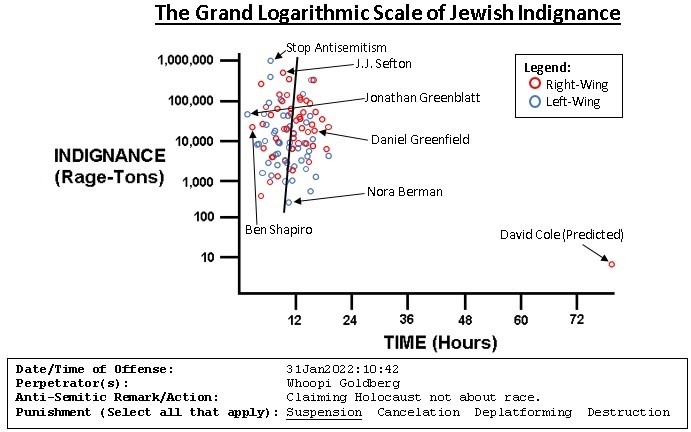

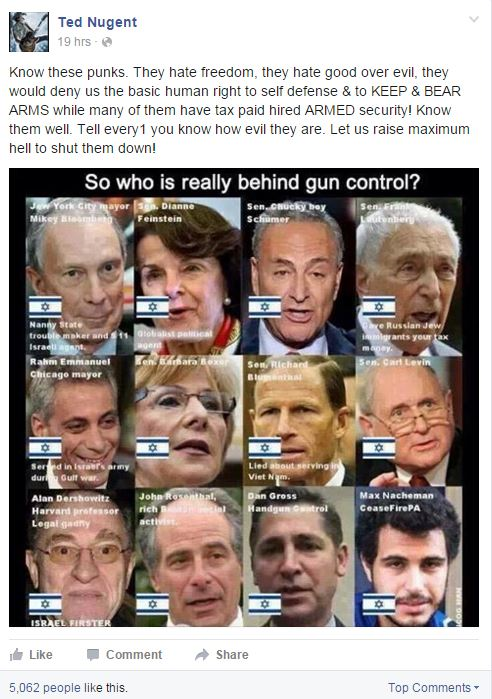

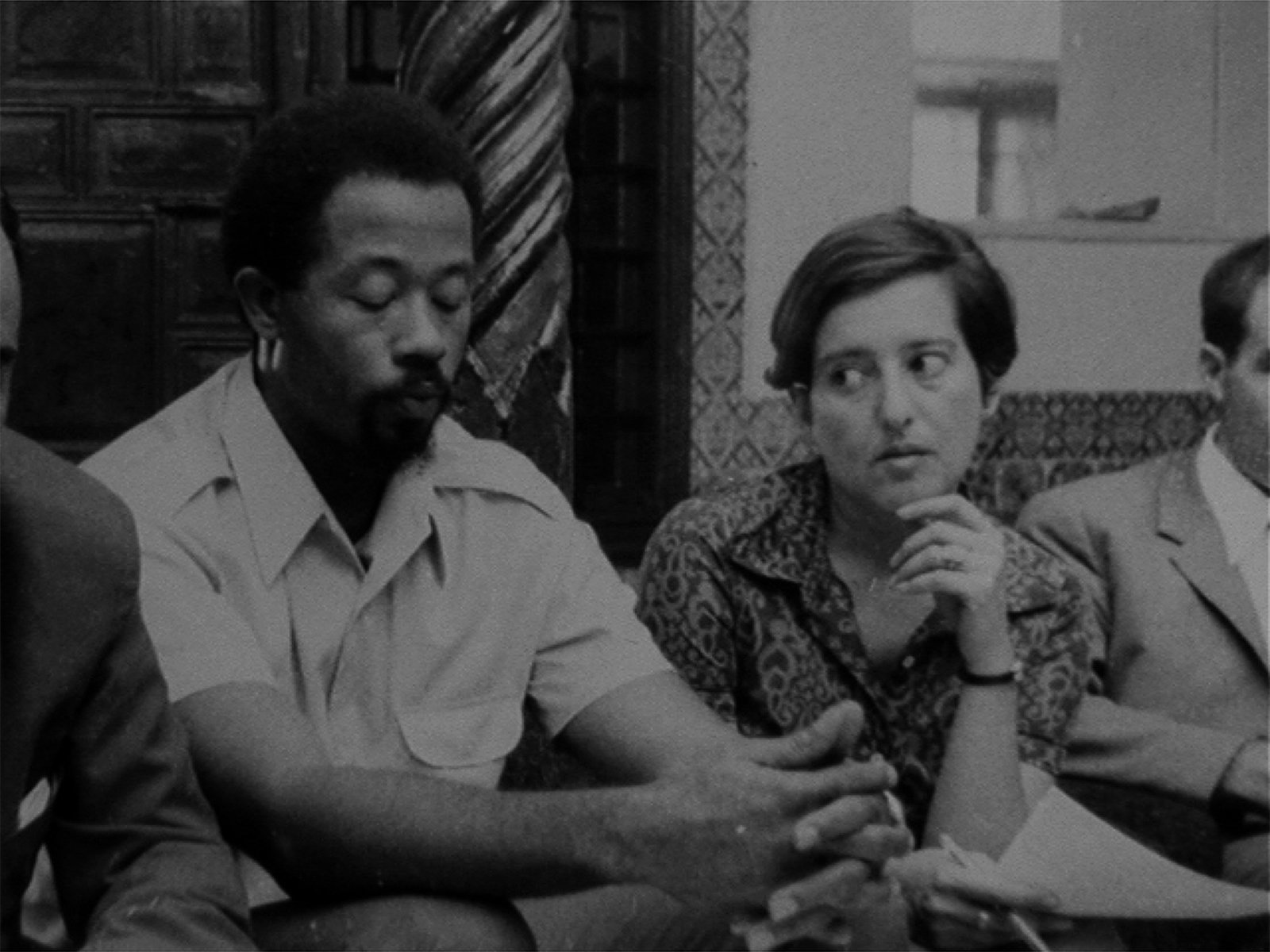 Black rapist
Black rapist 